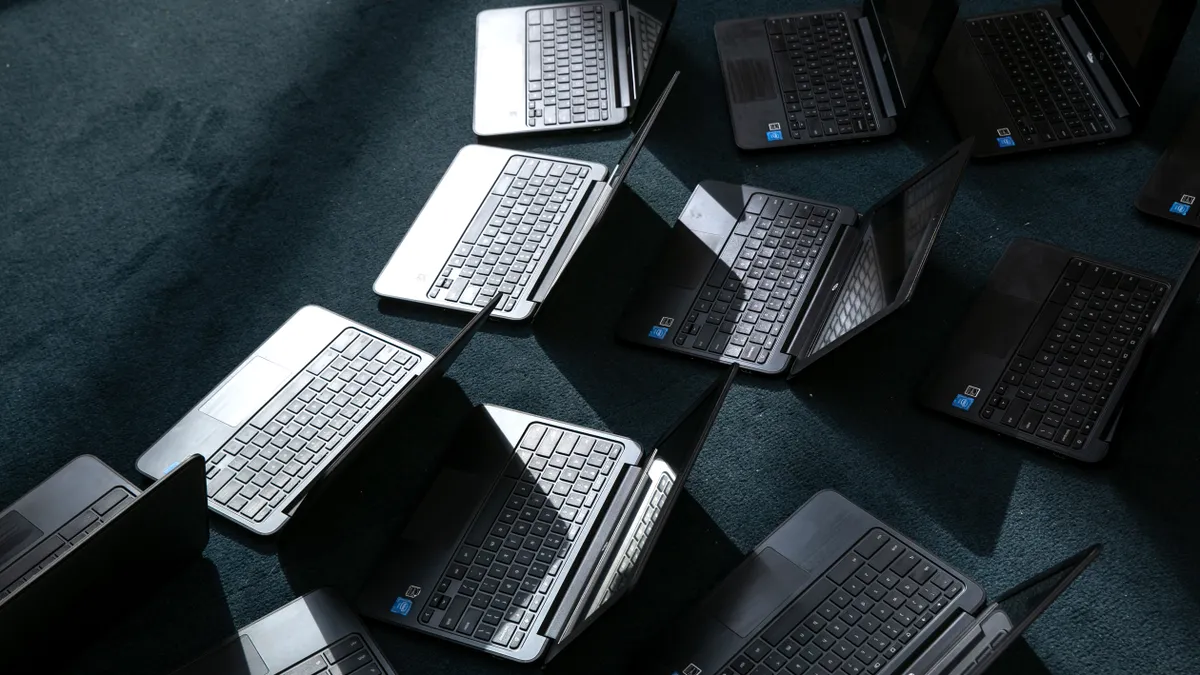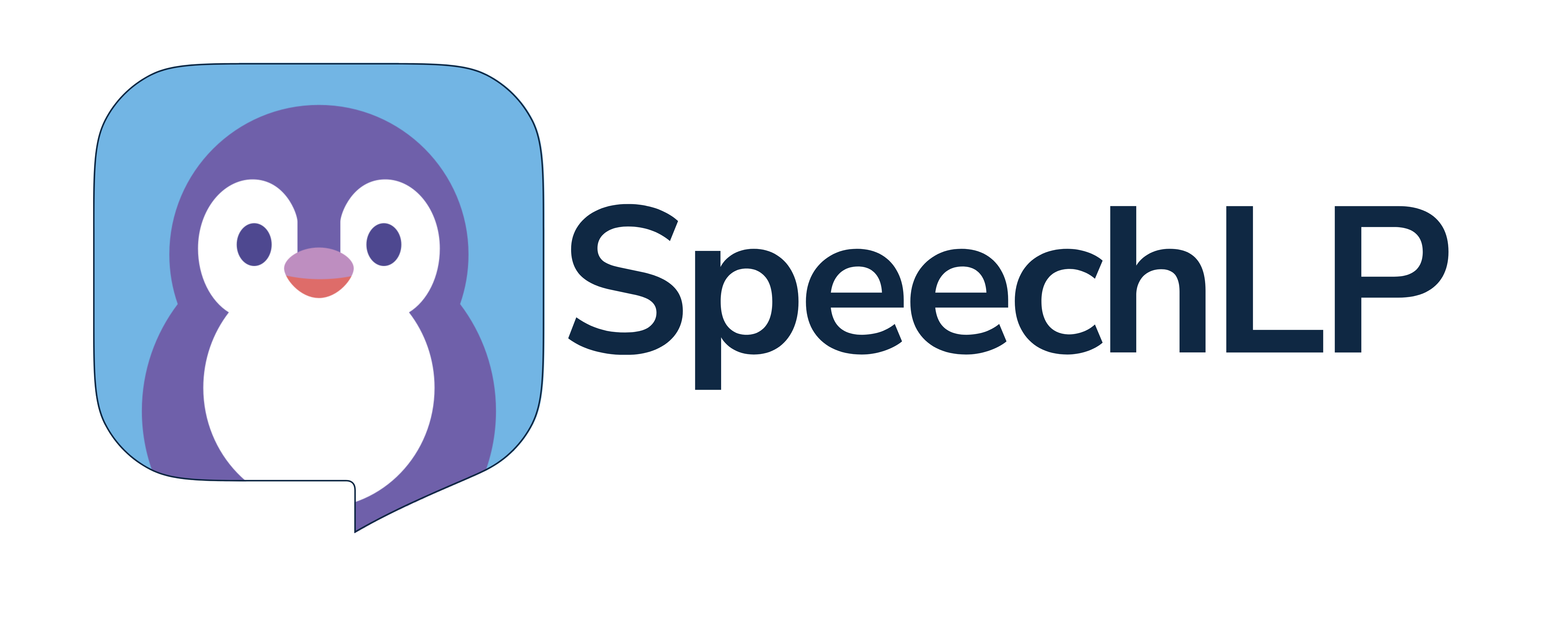Federal COVID-19 relief funding greatly enabled districts to purchase technology needed to provide remote learning for the general student population at the height of the pandemic, a report by the U.S. Department of Education Office of Inspector General confirmed.
A majority of 300 surveyed districts — 92% — said they used Elementary and Secondary School Emergency Relief dollars to buy educational technology, the inspector general found. Some 68% said ESSER funding helped them continue instruction when the pandemic caused school closures, according to the report.
The report also estimates that 92% of traditional public schools primarily taught in-person during the 2019-20 school year. As the pandemic progressed, 49% were open for in-person instruction during 2020-21. That nearly doubled 96% offering in-person instruction in the 2021-22 school year.
In comparison, 84% of charter schools taught primarily in-person during 2019-20, but just 6% were in-person during 2020-21. That share rebounded to 74% during 2021-22.
A significant number of traditional public school districts (93%) used ESSER funds to purchase hardware like desktop computers, laptops and tablets. Additionally, 74% of districts put their federal relief dollars toward internet connectivity, 63% used it on software and 38% bought other ed tech products and services.
The pandemic put a huge spotlight on digital inequities in public education. But the inspector general study shows federal relief investments may have helped some schools catch up and provide students with devices and internet access while also keeping schools running during pandemic closures. For instance, 81% of districts bought more mobile hotspots to address issues with internet connectivity, the report said.
Although mobile hotspots did not entirely solve the internet conundrum faced by some schools, especially in rural areas, the report said some districts were able to explore alternative options to solve the problem. One district, for example, noted in the survey that it installed Wi-Fi on school buses to provide internet access in communities with poor connectivity.
Some 57% of districts, however, said they faced challenges purchasing ed tech with ESSER funds due to “limited availability of technology devices, excessive shipping delays, supply chain disruptions, and delays related to federal policies.”








 Dive Awards
Dive Awards





